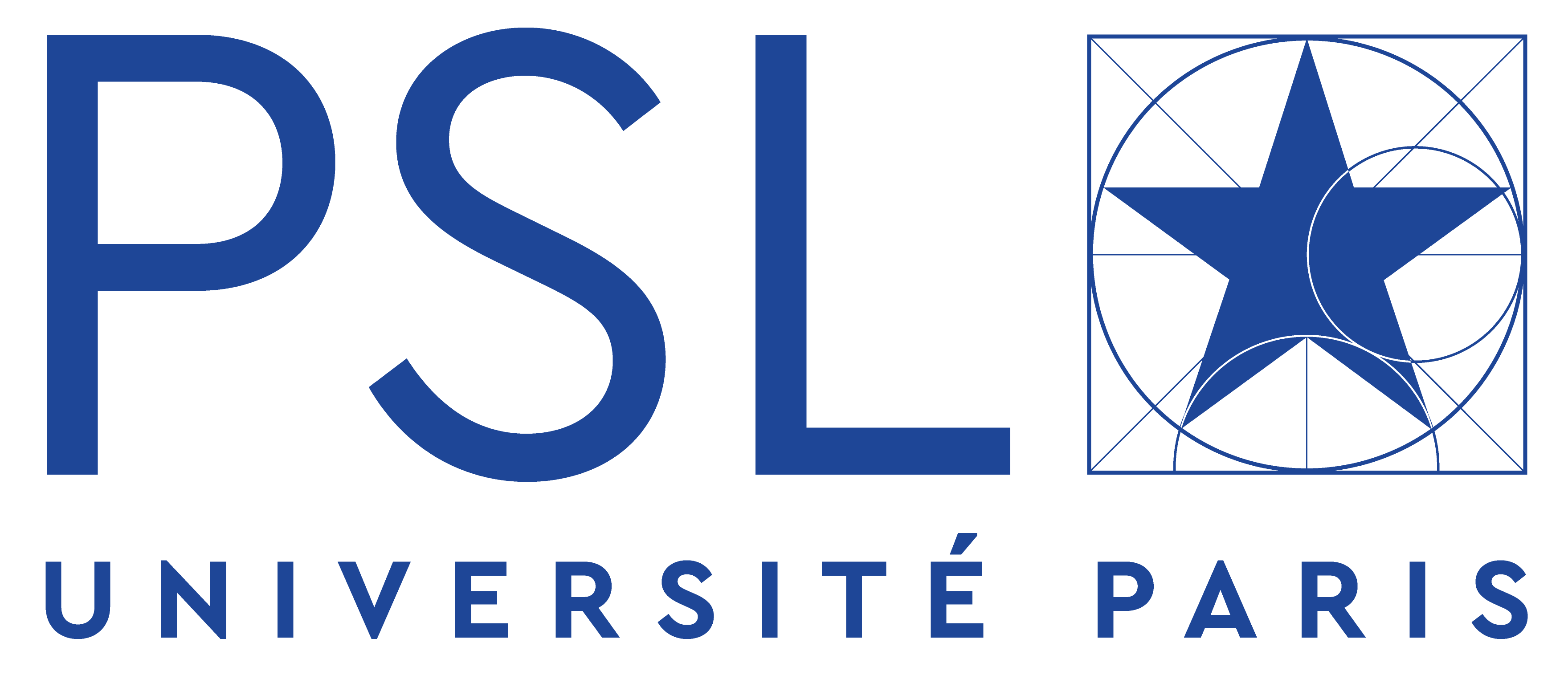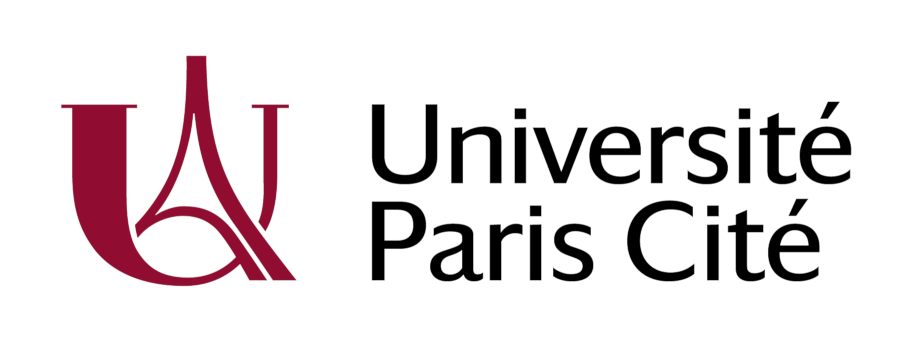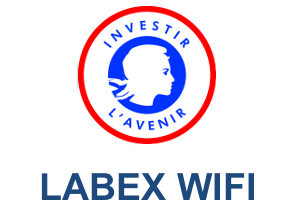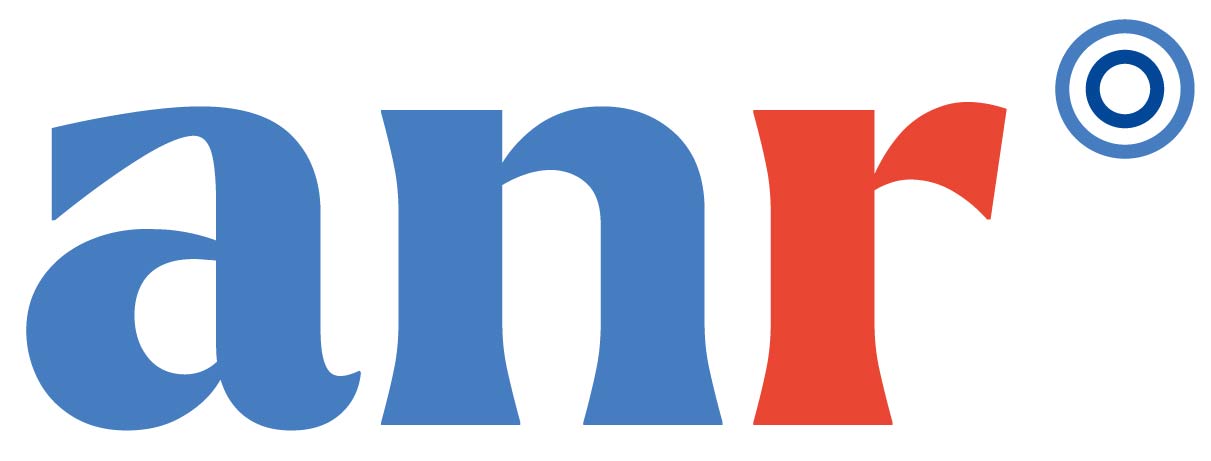Optical Antennas & Metasurfaces
Group members Publications Collaborations and Funding
We are always interested in PhD and post-doc candidates. Please contact Dr. Sebastien Bidault (![]() ) for information on our current openings.
) for information on our current openings.












Recent Highlights

Are gold and silver nanocubes the solution to reach reproducible single molecule strong coupling at room temperature ? This is what we propose in a theoretical study published in The Journal of Physical Chemistry Letters. We expect a typical increase of the Purcell factor by a factor of 10 in dimers of plasmonic nanocubes compared to dimers of faceted particles typically used in strong coupling studies, combined with high emission yields close to 40% for gold and larger than 60% for silver nanocubes, compared to less than 20% for gold spheres.

Reaching a strong coupling regime between a plasmonic resonator and a controlled number of quantum emitters is technically challenging at room temperature because of ultrafast damping mechanisms. In an article published in ACS Nano, we demonstrate that DNA based self-assembly, associated with an active control of the nanometer gap between two gold nanoparticles, provides the required nanoscale resolution to reach this coupling regime with 5 dye molecules. Classical electrodynamic simulations performed in collaboration with Institut Fresnel are in excellent agreement with the measured emitter-resonator coupling strengths.

In a recent letter published in ACS Photonics, we propose a novel statistical imaging scheme to offset the structural complexity of disordered nanophotonic surfaces. In this collaboration with Laboratoire Kastler Brossel, we demonstrate, in particular, that localized and delocalized plasmonic modes can be mapped independently using randomly wavefront-shaped femtosecond excitations.
News
– 12/2022 Is reproducible single molecule strong coupling possible with plasmonic resonators at room temperature ? To answer this question Jeanne and Francesca propose a new resonator geometry in a letter published in The Journal of Physical Chemistry Letters.
– 10/2022 Sébastien gave a plenary talk at the NANOP conference in Paris on the Purcell effect in nanophotonics. Thanks Jérôme and Patrice for the invitation !
– 09/2022 Sébastien gave a tutorial on resonant nanophotonics and an invited talk on our work related to plasmonics and DNA nanotechnology at the EOSAM conference in Porto. Thanks Nicolas and Riad for the kind invitation.
– 07/2022 Our project MELODIE to study Purcell-enhanced magnetic emission in plasmonic and dielectric resonators, with Mona Tréguer-Delapierre from ICMCB Bordeaux, Alexandre Baron from CRPP Bordeaux and Mathieu Mivelle from INSP in Paris was funded by the French national research agency ANR.
– 07/2022 Resonances can switch from polaritonic to dielectric when tuning the size of a single particle : this is what we observe in the emissivity spectrum of single silica nanospheres in a collaborative work with colleagues from Institut Langevin and ONERA in an article published in ACS Photonics.
– 04/2022 Sébastien gave invited talks at SPIE Europe in Strasbourg and at Journées de l’URSI France in Palaiseau to highlight our work on the Purcell effect in plasmonic and dielectric resonators.
– 01/2022 We welcome Claudia Corti as a new PhD student.
– 11/2021 Congratulations to Jeanne Heintz who successfully defended her PhD thesis on the Purcell effect in colloidal plasmonic and dielectric resonators !
– 09/2021 Jeanne, Nemanja and Elise, in collaboration with Nicolas Bonod from Marseille, publish an article in ACS Nano on few-molecule strong coupling in plasmonic antennas assembled on DNA.
– 07/2021 Our project CARICATURES to develop strongly-coupled hybrid plasmonic resonators, with Sylvie Marguet at CEA Saclay and Gaëtan Bellot at CBS Montpellier, is funded by the French national research agency ANR.
– 07/2021 We coorganized the first C’Nano CNRS summer school in Erquy in Britanny where Sebastien gave a 3h lecture on light-matter interactions, nanophotonics and nanoscopy.
– 07/2021 Our collaborative work with Laboratoire Kastler Brossel on the statistical imaging of localized and delocalized plasmonic modes in disordered gold metasurfaces is published in ACS Photonics.
– 03/2021 Congratulations to Dr. Elise Gayet for successfully defending her PhD thesis on Hybrid Plasmonic Nanostructures Assembled on Active DNA origamis !
– 03/2021 We welcome a new MSc student Claudia Corti.
– 12/2020 Congratulations to Dr. Gauthier Roubaud for successfully defending his PhD thesis on Far-Field Wavefront Shaping in Resonant and Nonlinear Disordered Media !
– 04/2020 Disorder can become an asset in plasmonic metasurfaces : this is what we experimentally demonstrate in a recent publication in Nano Letters, with colleagues from Laboratoire Kastler Brossel, where we exploit far-field wavefront shaping to locally enhance nonlinear luminescence. Congratulations Gauthier for the beautiful study.









